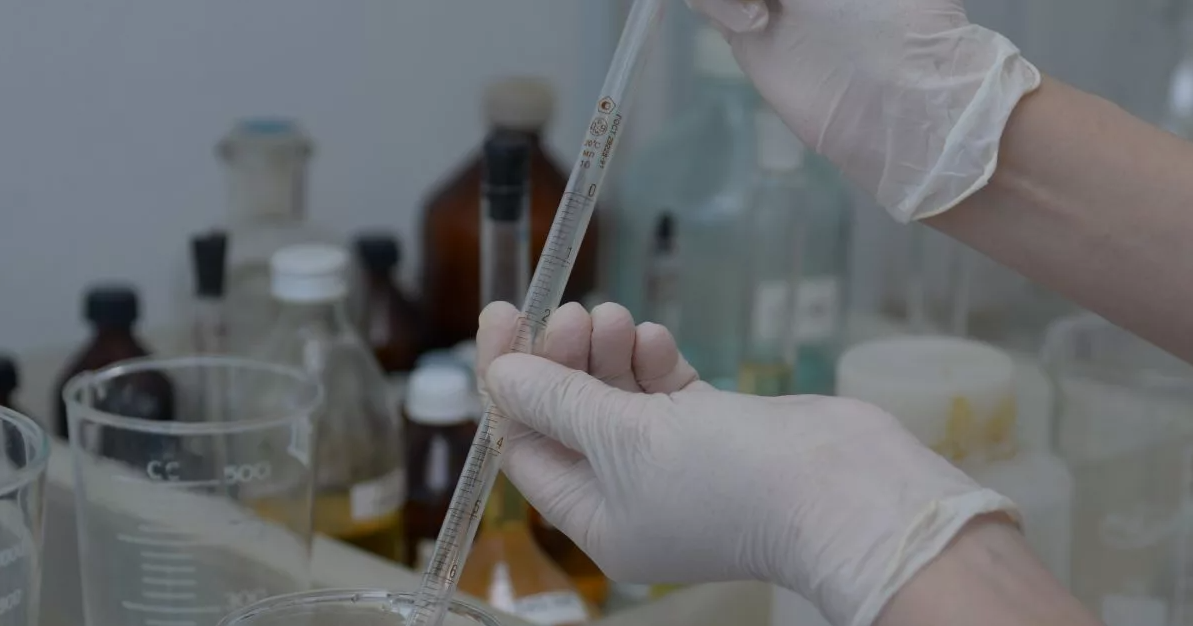
Matters needing attention when detecting dissolved oxygen by sodium azide method
1. Check for the presence of oxidizing or reducing substancesIf it is expected that oxidants or reducing agents may interfere with the results, take 50mL of water to be tested, add 2 drops of phenolphthalein solution, and neutralize the water sample. Add 0.5mL2mol/L sulfuric acid solution, a few tablets of potassium iodide or sodium iodide (about 0.5g in mass) and a few drops of indicator solution.
If the solution is blue, there are oxidizing substances. If the solution remains colorless, add 0.2mL 0.005mol/L iodine solution, shake, and leave for 30s. If it is not blue, there is a reducing substance.
2. Matters needing attention when collecting dissolved oxygen water samples
If ferric iron is suspected in the water, 1+1 phosphoric acid can be prepared instead of sulfuric acid solution. When the content of nitrite nitrogen in the sample is greater than 0.05mg/L and the content of ferrous iron does not exceed 1mg/L, in order to prevent the interference of nitrite nitrogen on the measurement results, it is necessary to add azide to the sample. If the nitrite in the known sample is less than 0.05mg/L, this reagent can be omitted. If the water sample is strongly acidic or alkaline, it can be adjusted to neutral with sodium hydroxide or sulfuric acid. When the water sample is colored or contains algae and suspended solids, it will consume iodine under acidic conditions and interfere with the determination. You can add 10 mL of 10% potassium aluminum sulfate solution to 1000 mL of water sample, add 1-2 mL of concentrated ammonia water, cover tightly, mix well, and let stand. 10min, after the flocs settle, take the supernatant for determination. Avoid oxygenation during the entire operation.
When sampling, be careful not to aerate the water sample or have bubbles remaining in the sampling bottle. The water sample can be poured along the wall of the bottle or sucked in by the siphon method, and it should overflow about 1/2 of the volume of the bottle. After sampling, it is necessary to fix the oxygen on site and store it in a dark place.
3. Matters needing attention when testing
Sodium azide is a toxic substance, so it cannot be directly acidified; after adding KI to the manganese sulfate solution when it is acidic, yellow free iodine must not be produced. In the process of detecting dissolved oxygen, do not allow bubbles to enter the water sample bottle. The water sample should be fixed as soon as possible, and the titration time should not be too long to avoid errors. The concentration of sodium thiosulfate solution needs to be calibrated each time it is used. Potassium iodide is easy to deteriorate when exposed to light, so it should be stored in a brown bottle and protected from light. When there are suspended solids that can fix or consume iodine, or when such substances are suspected to exist, it is best to use an electrochemical probe method to determine dissolved oxygen. In the detection, the azide in the alkaline iodide-azide reagent is eliminated, which is the classic iodometric method. Sodium azide can explode when exposed to heat, impact, or violent vibration. At the same time, it generates toxic nitrogen oxide gas. Be careful when using it. Contact with moist air, easy to absorb moisture and deliquescence. It can be stored separately, and can be stored in the same warehouse as the toxic drugs when the quantity is small. If it gets on the skin, rinse with water or soapy water. Seek medical attention immediately after poisoning, inject blue or sodium thiosulfate injection. In order to reduce the error, the titration speed is slightly faster when calibrating the Na2S2O3 solution. Because the iodine produced during the titration reaction is volatile, the oxygen in the air also has an oxidizing effect on potassium iodide, which can affect the results of the titration.
The precautions we have summarized above hope to be helpful to everyone.



